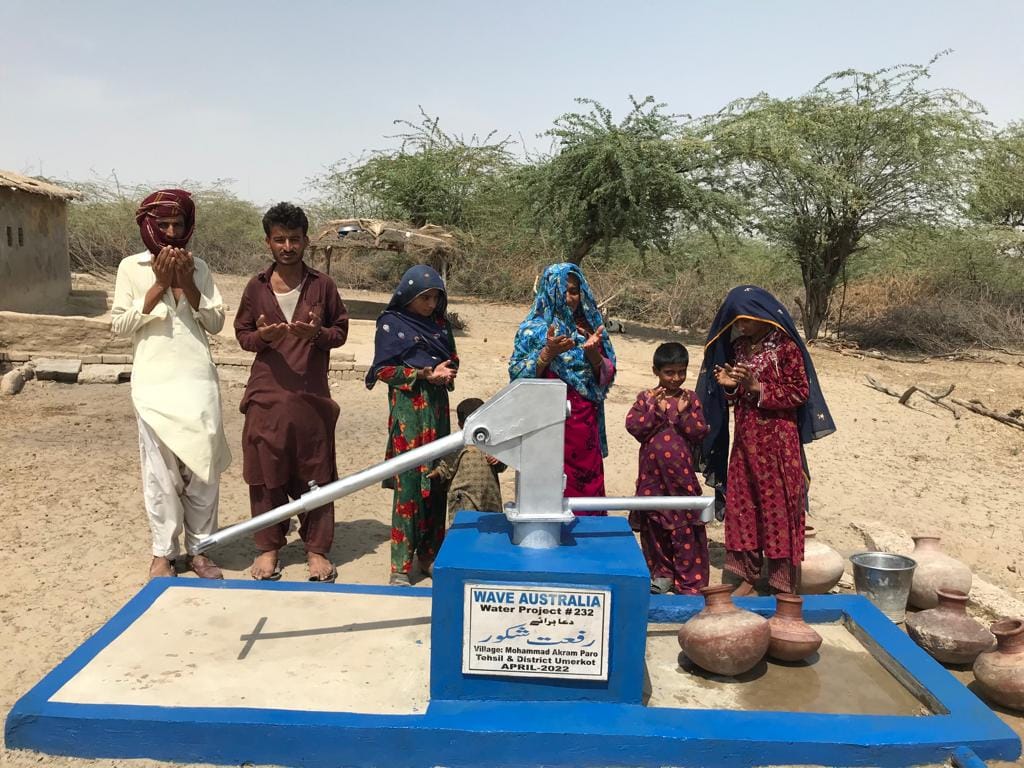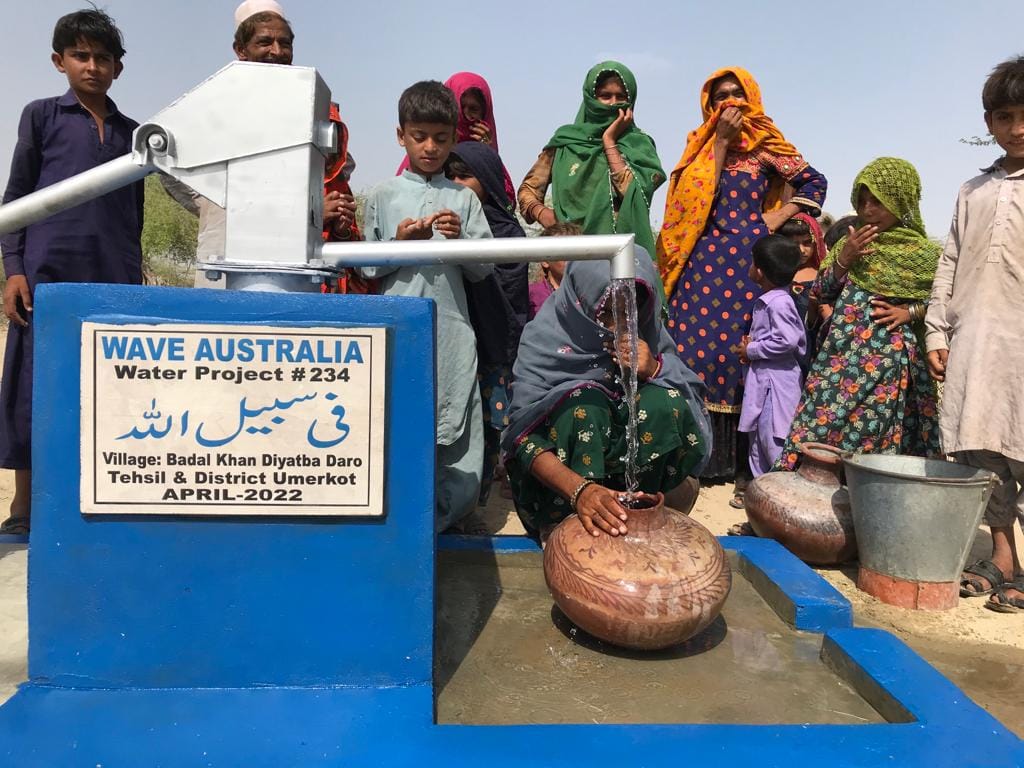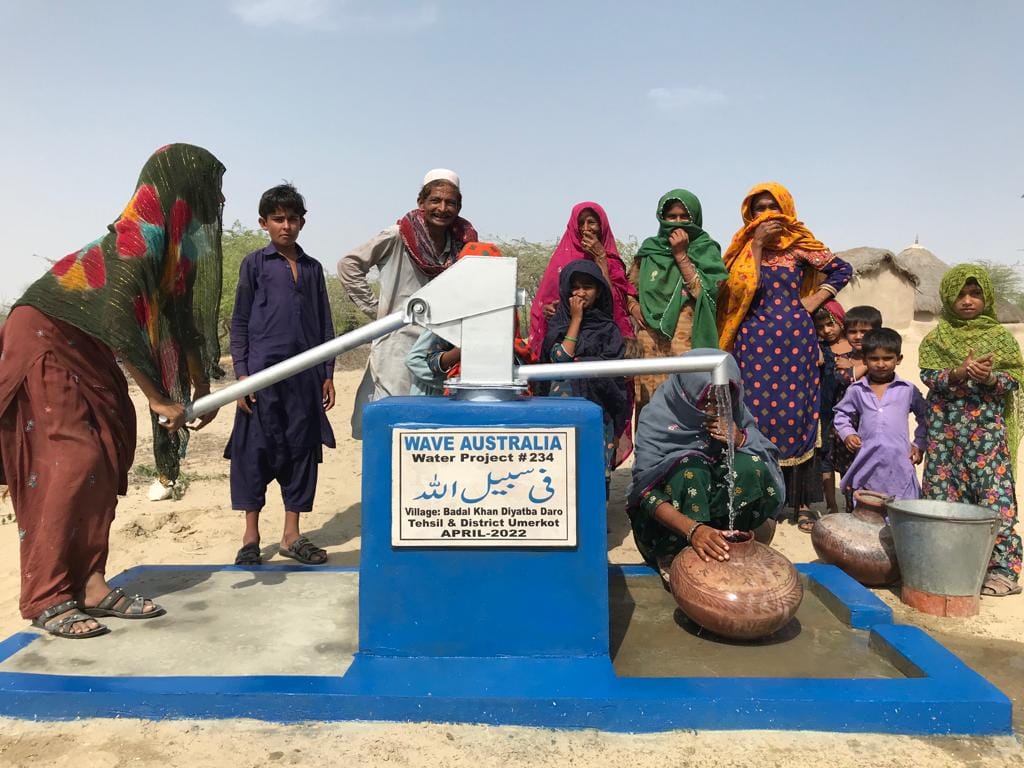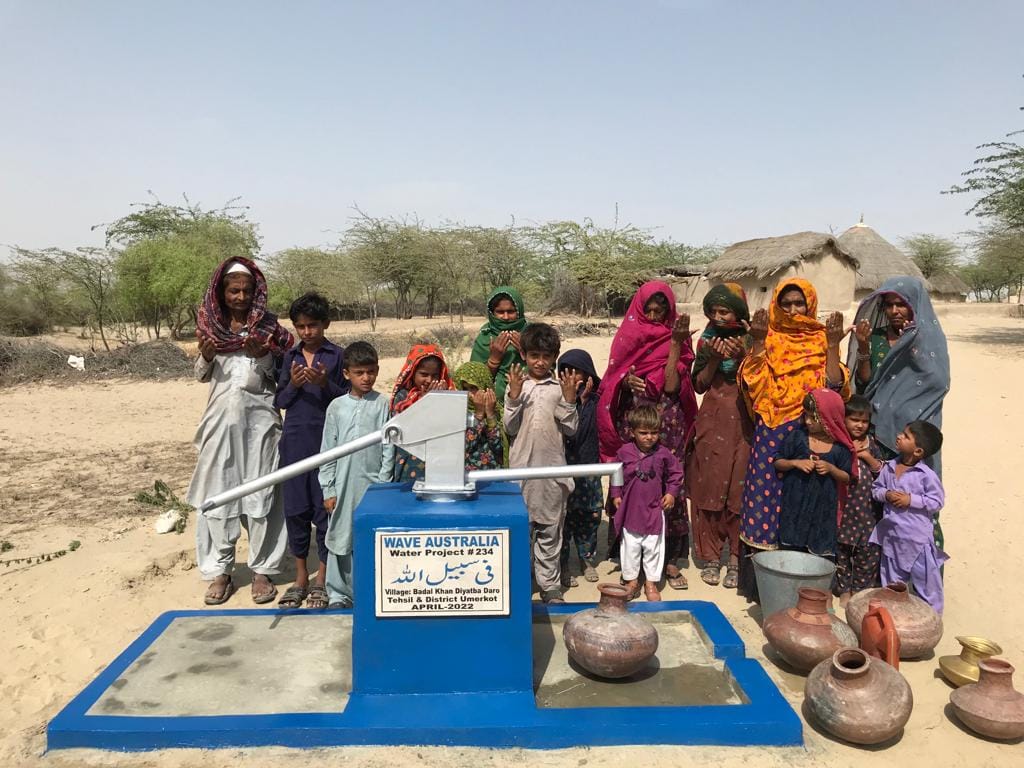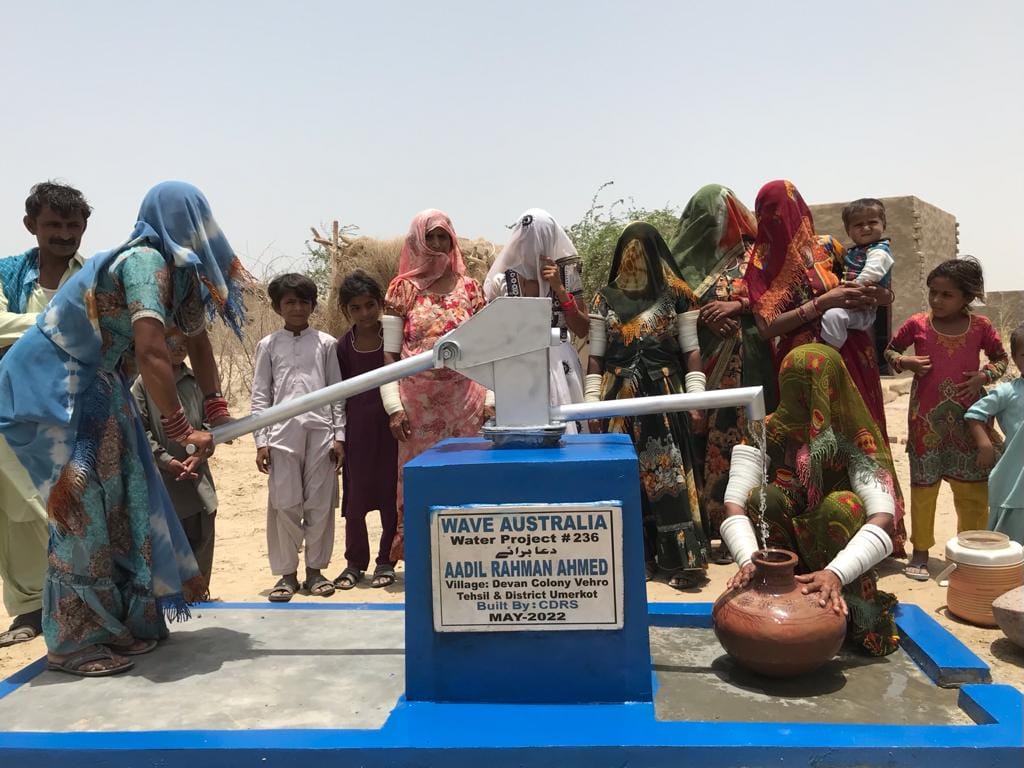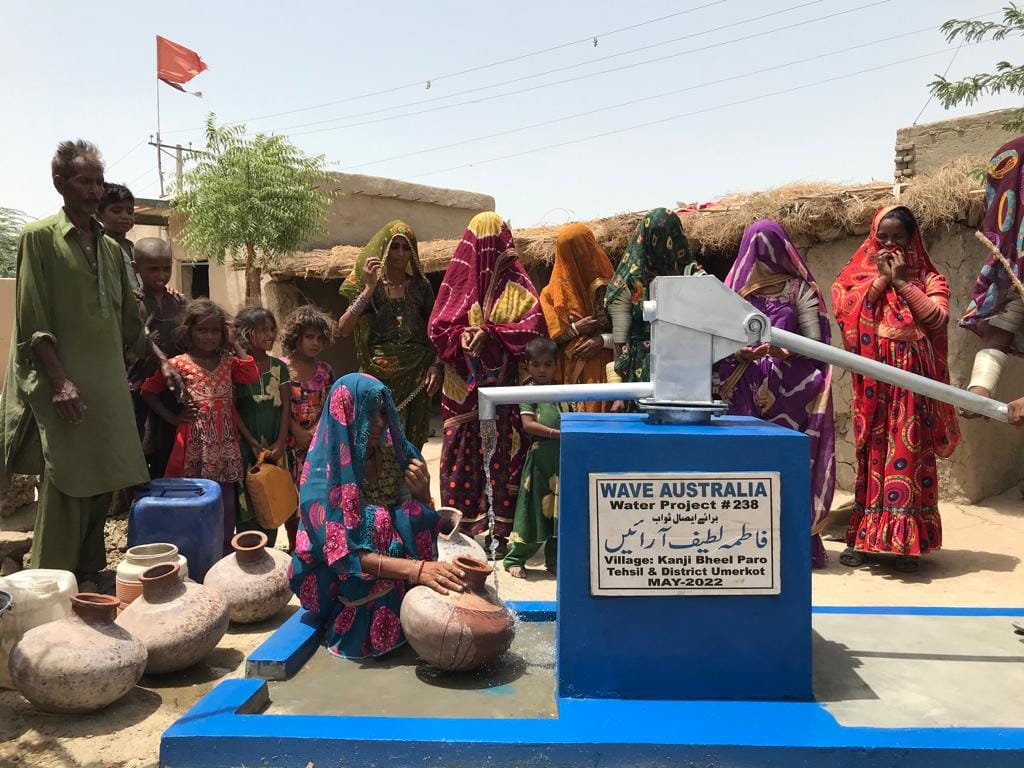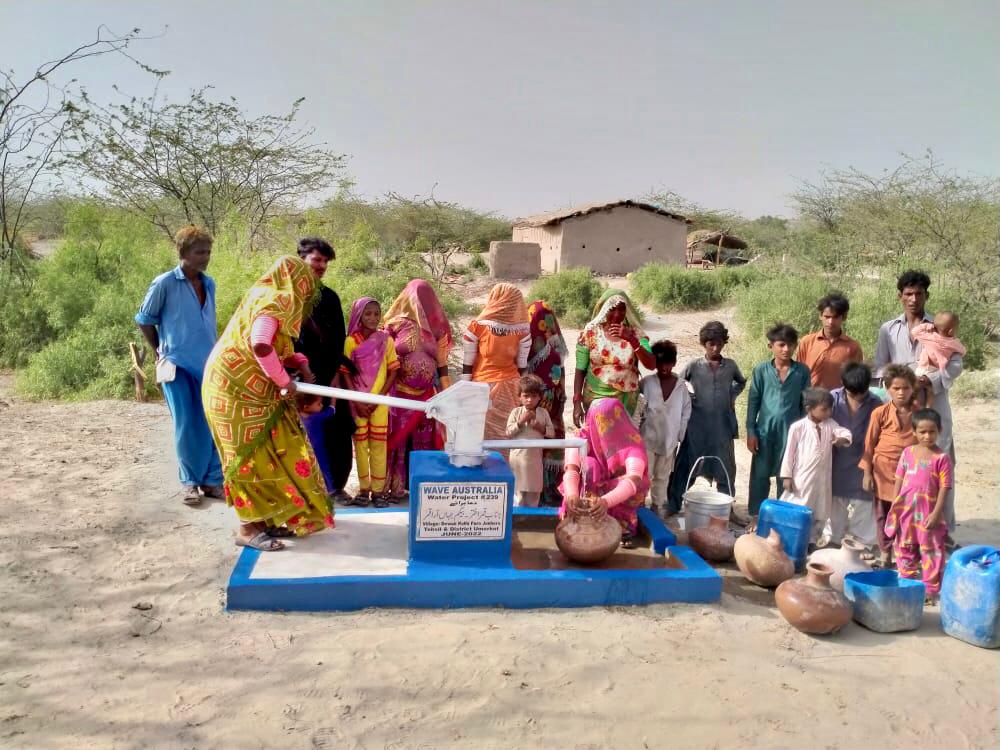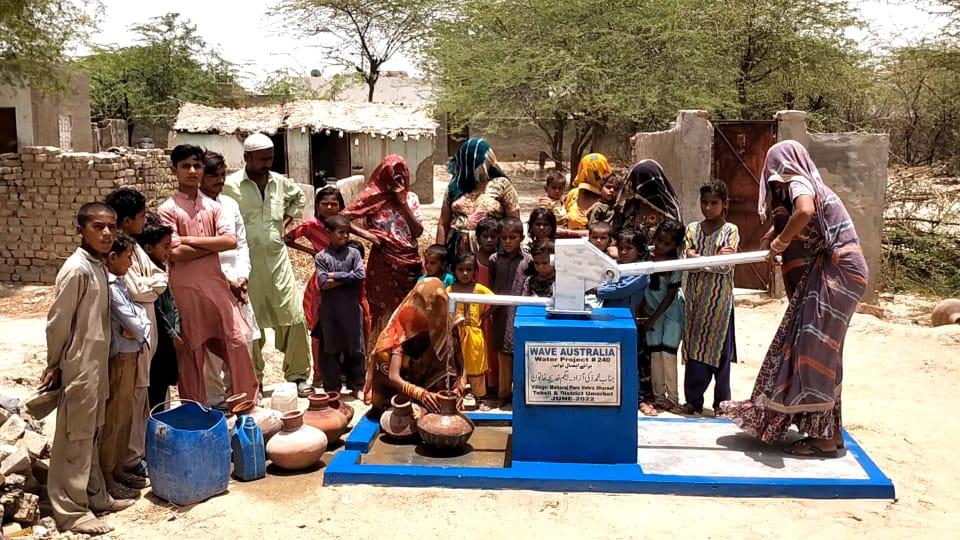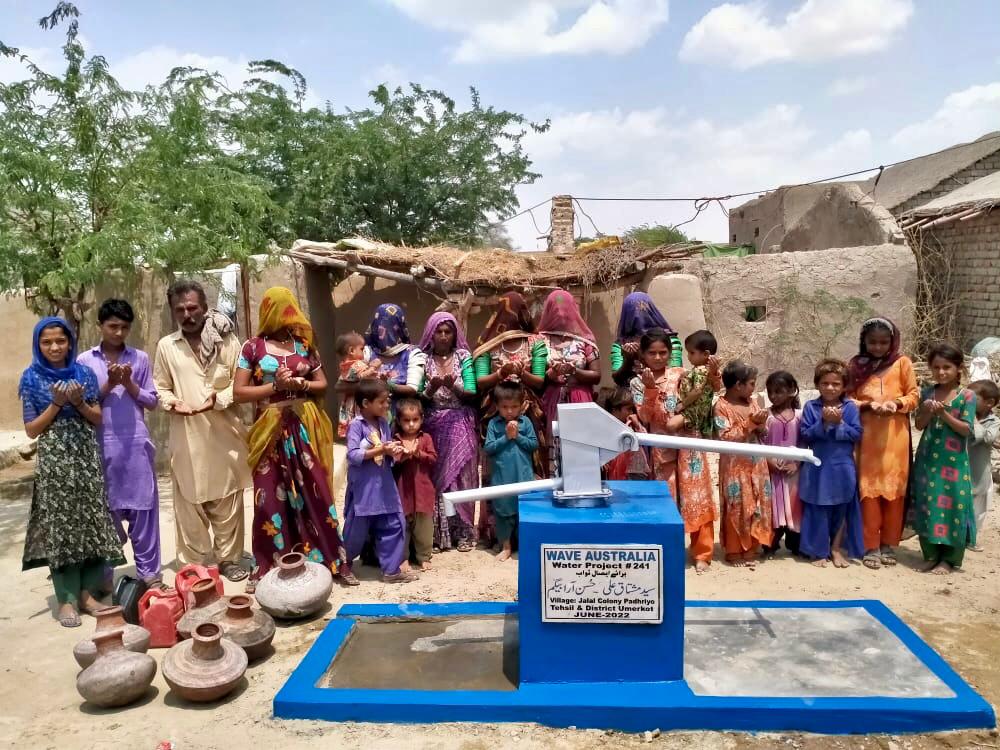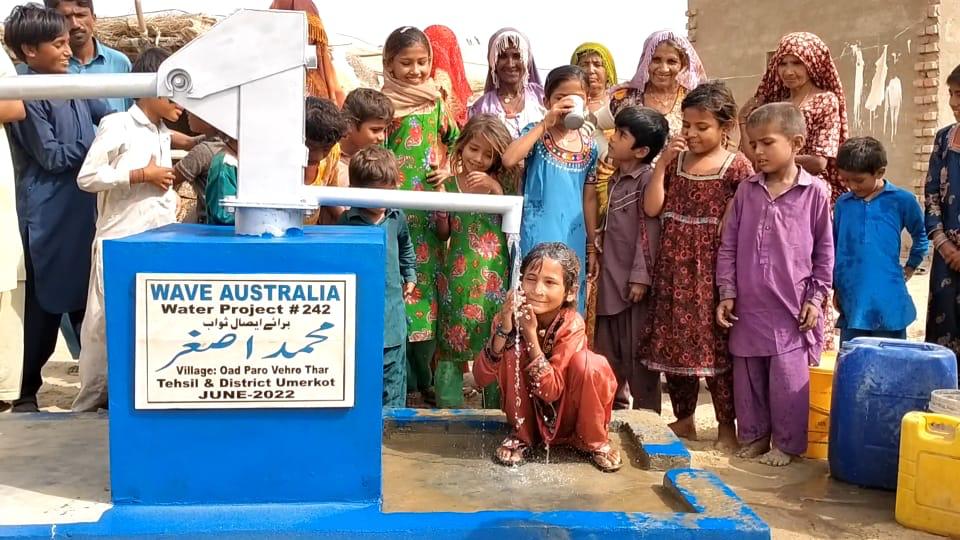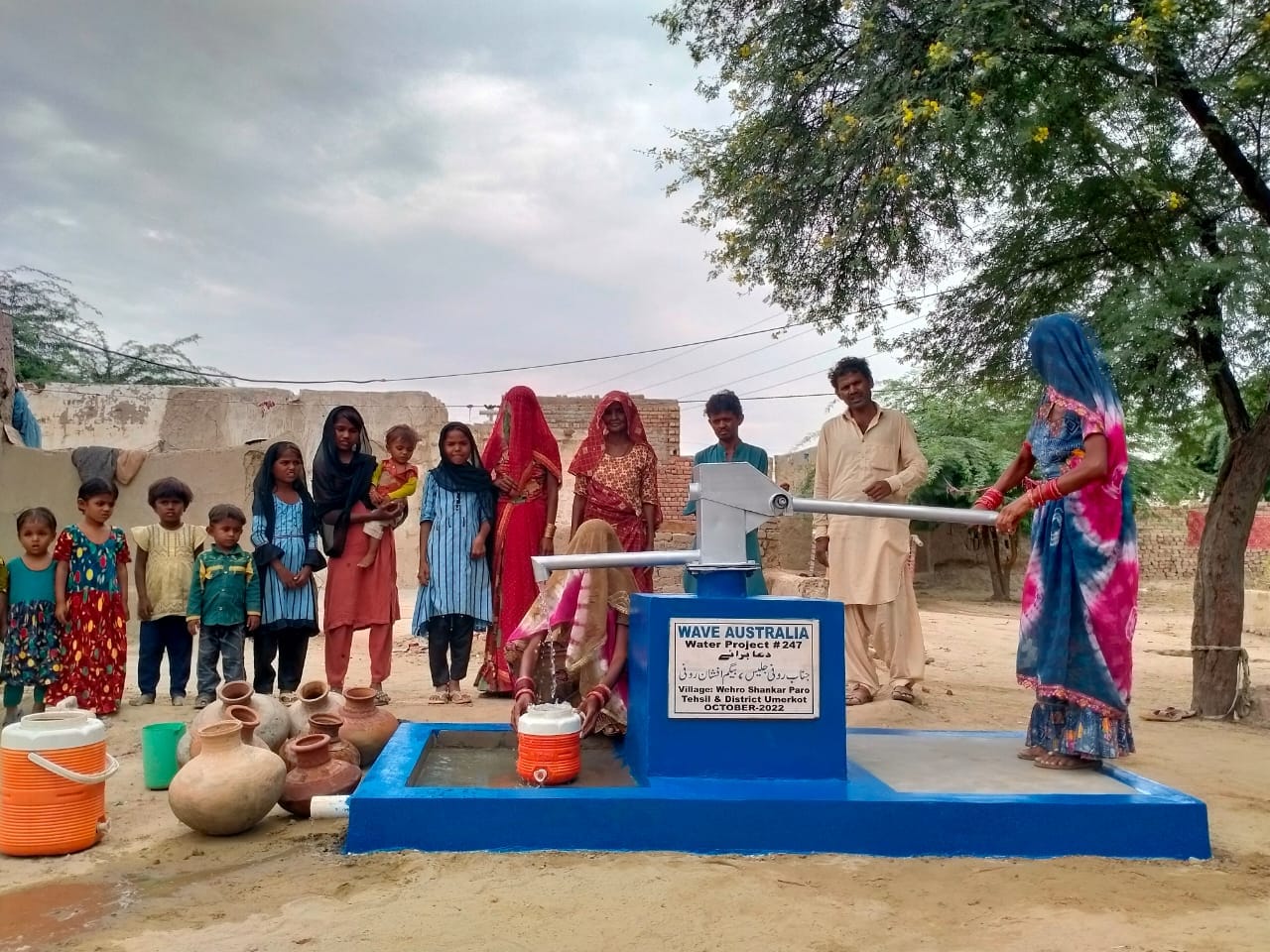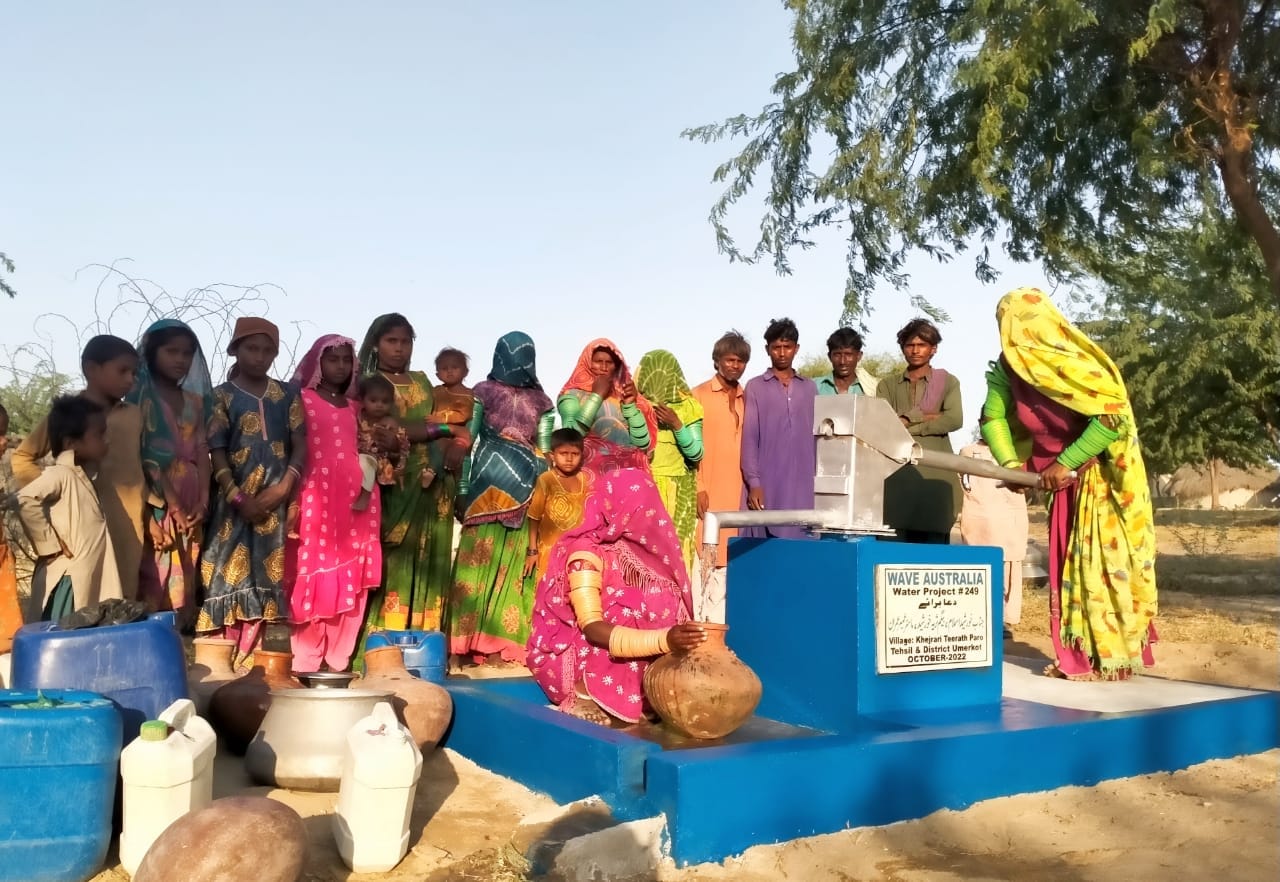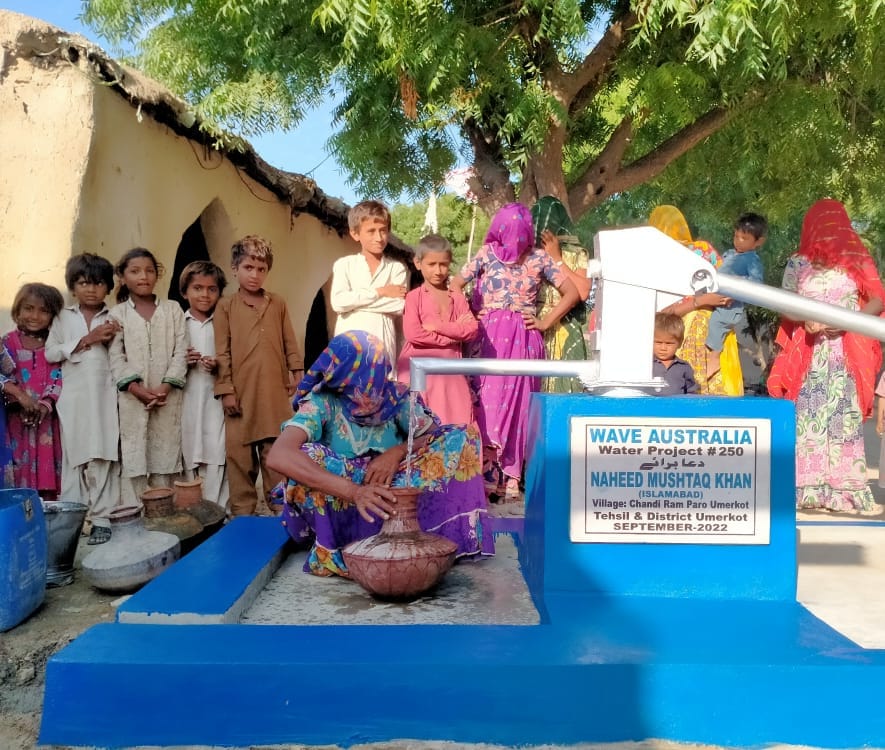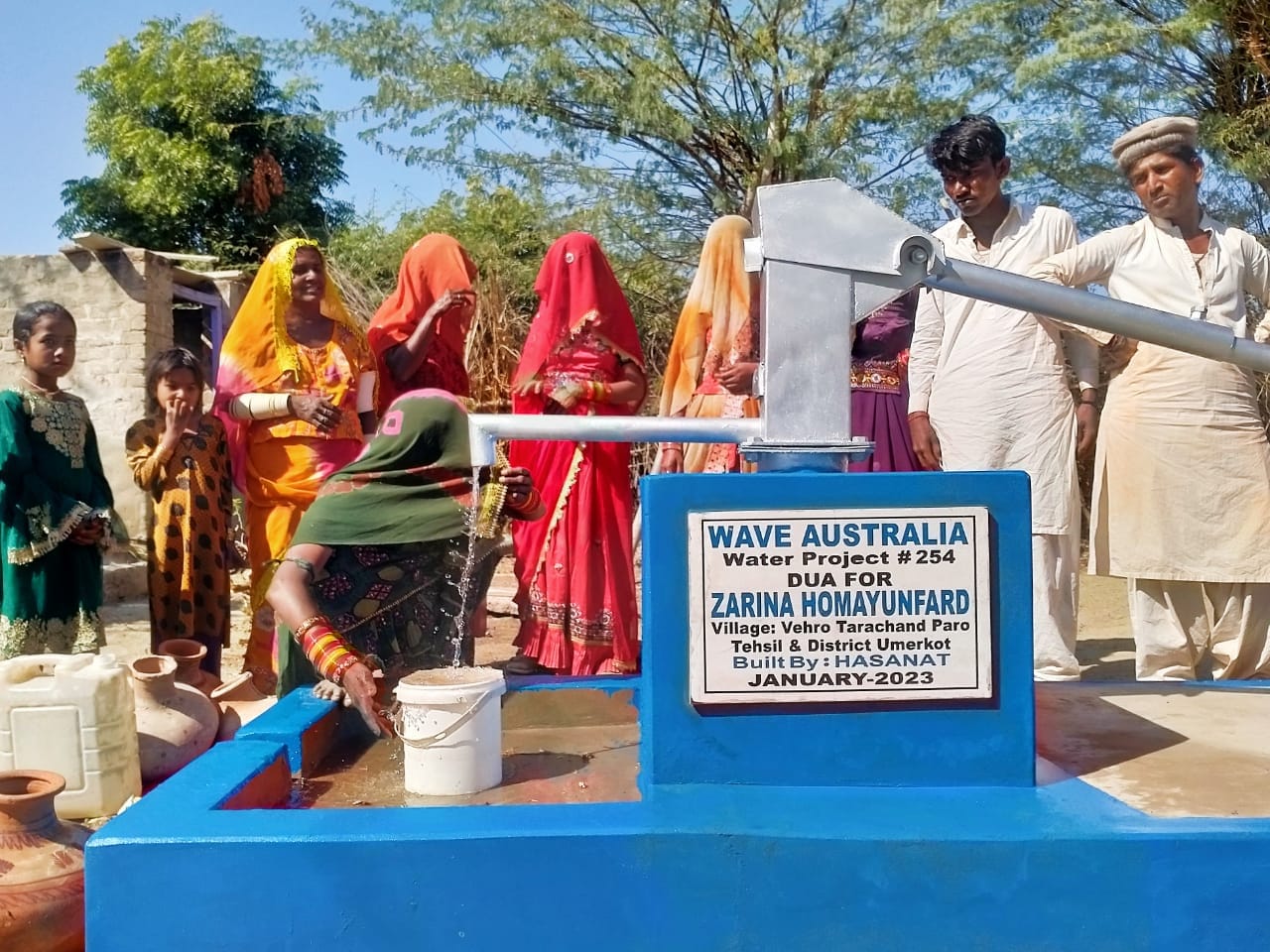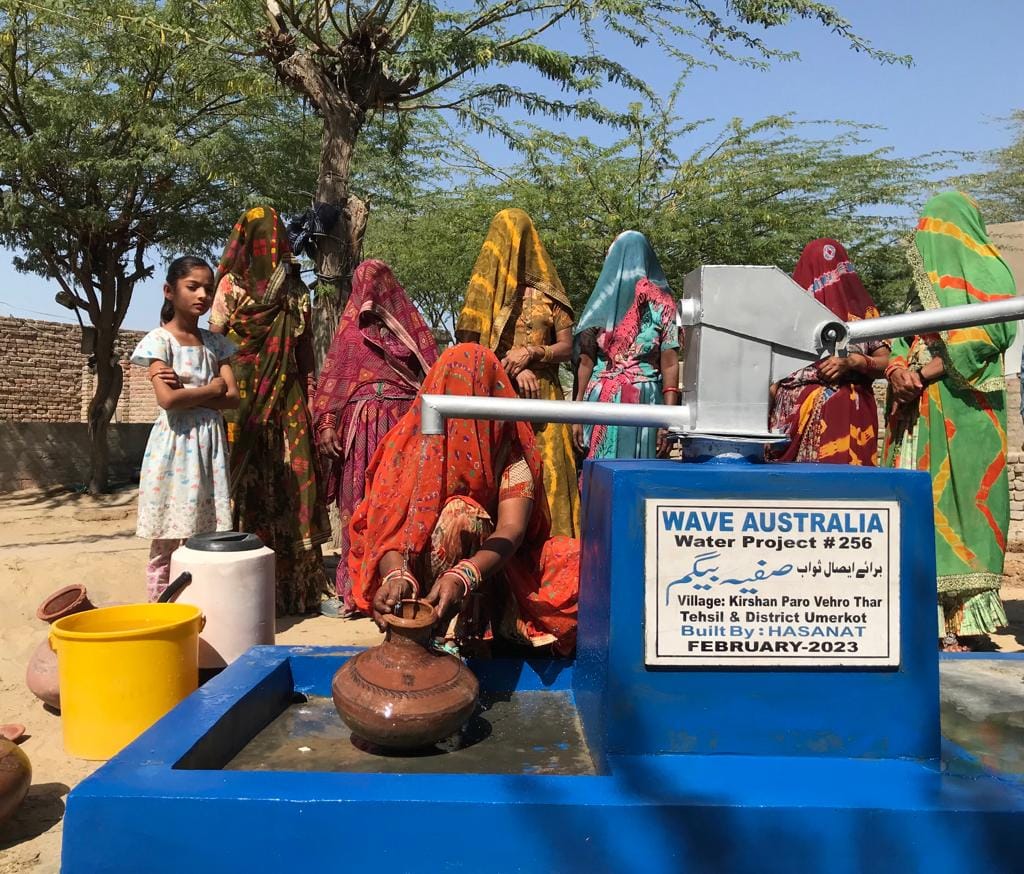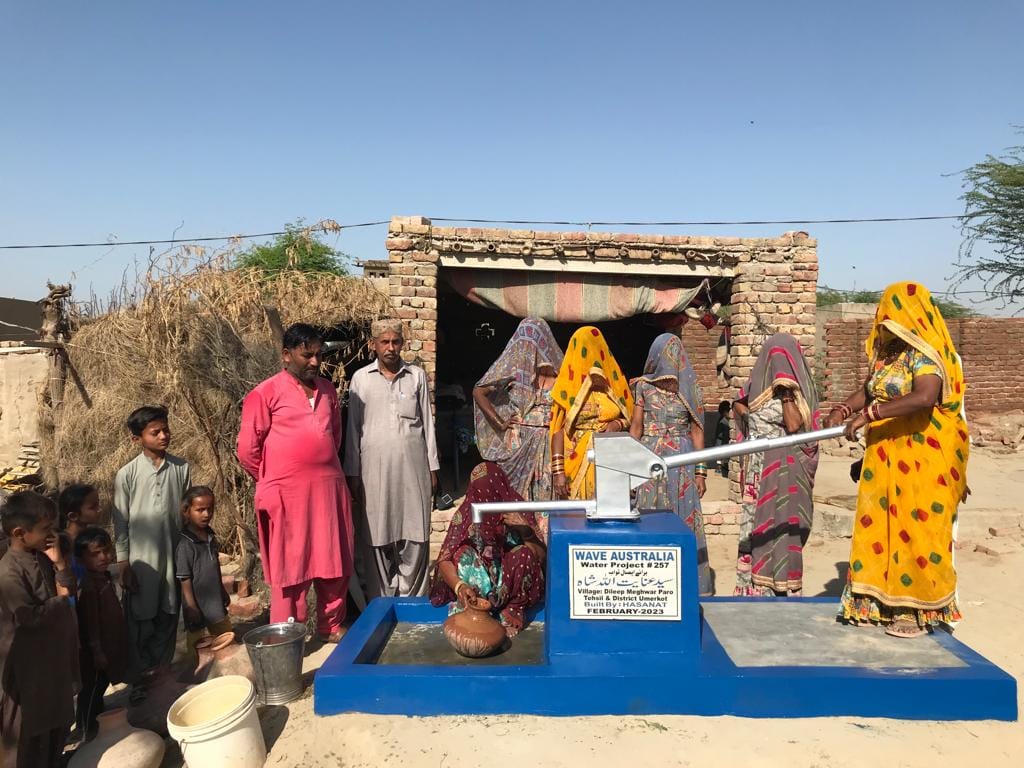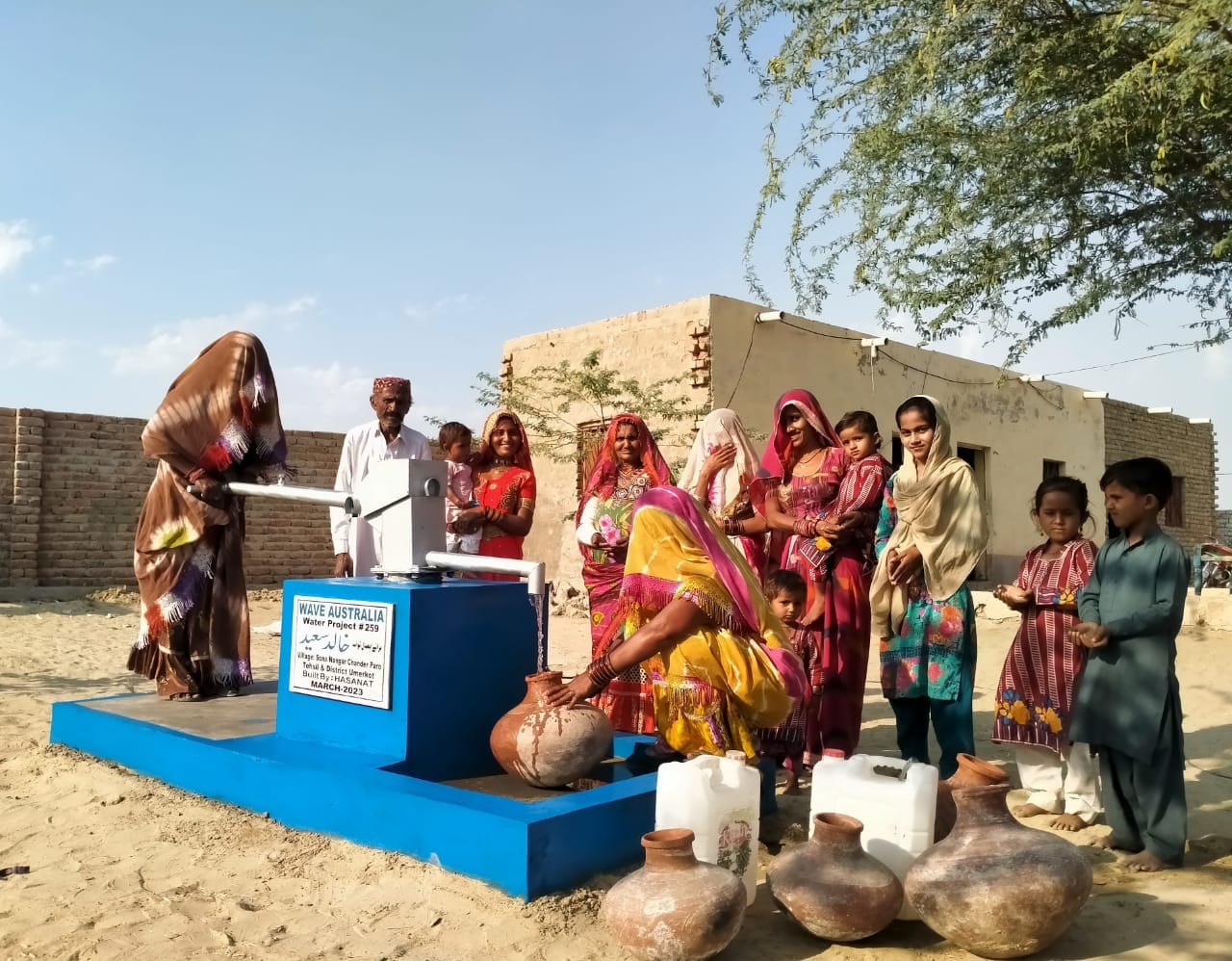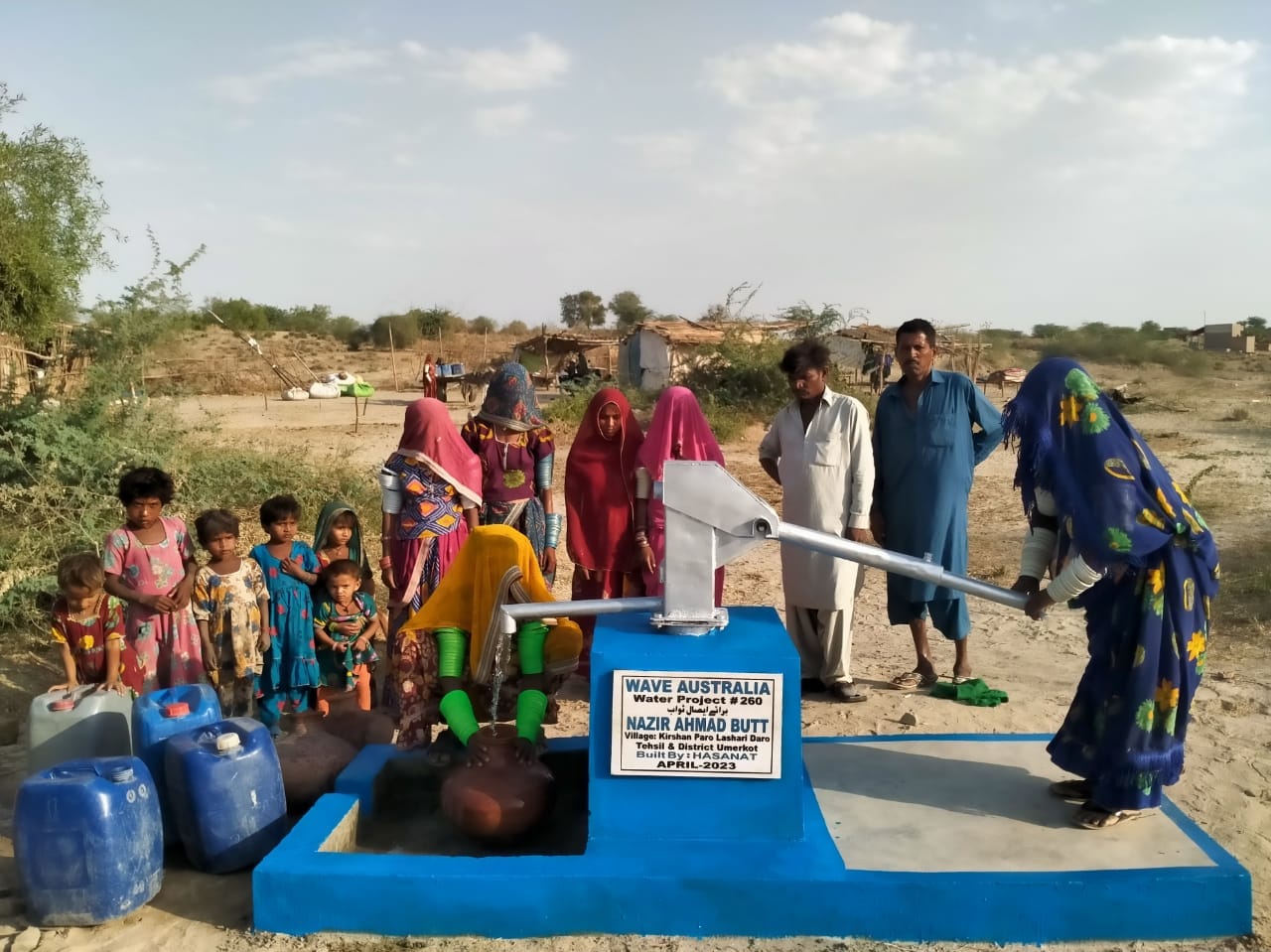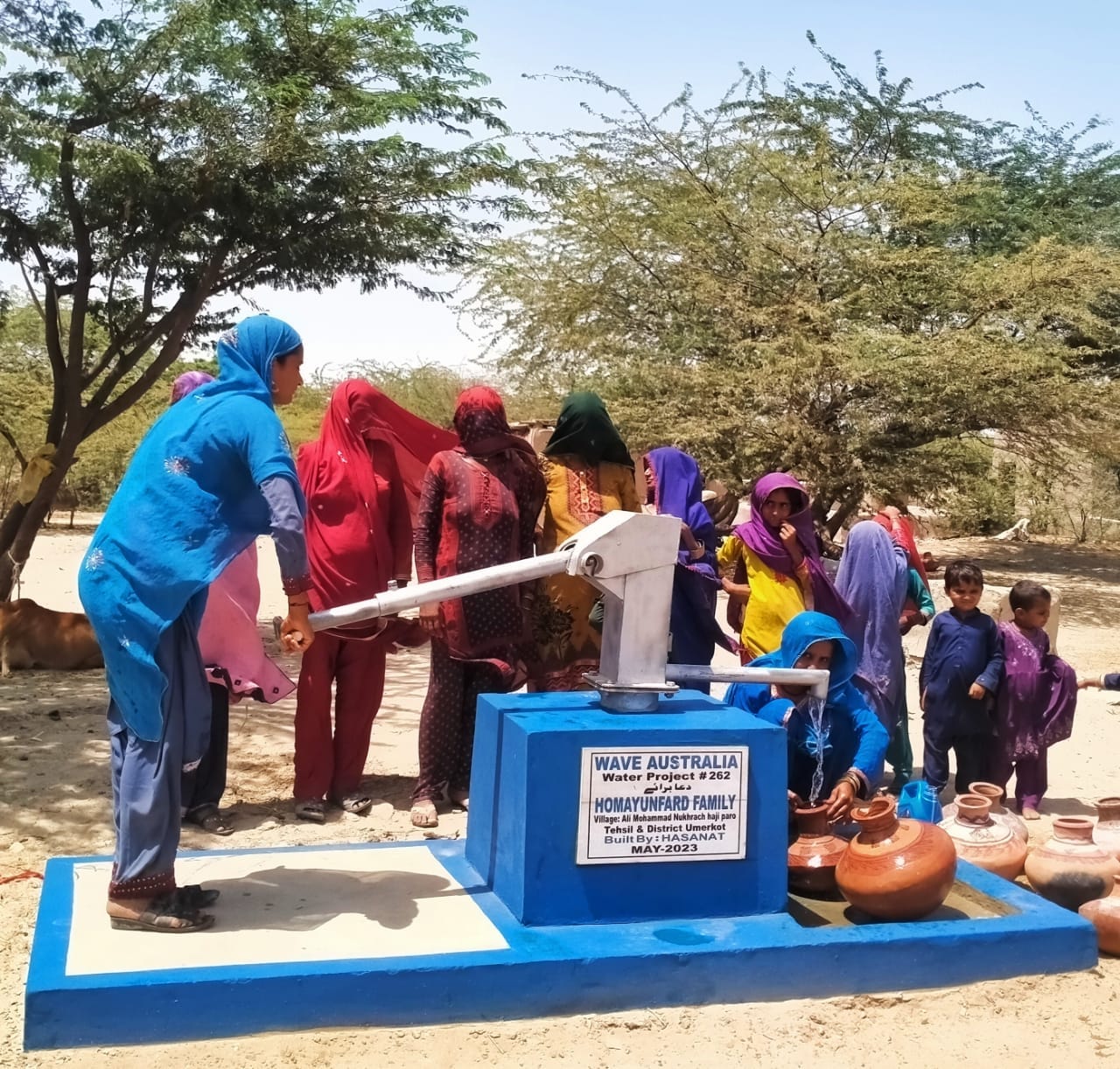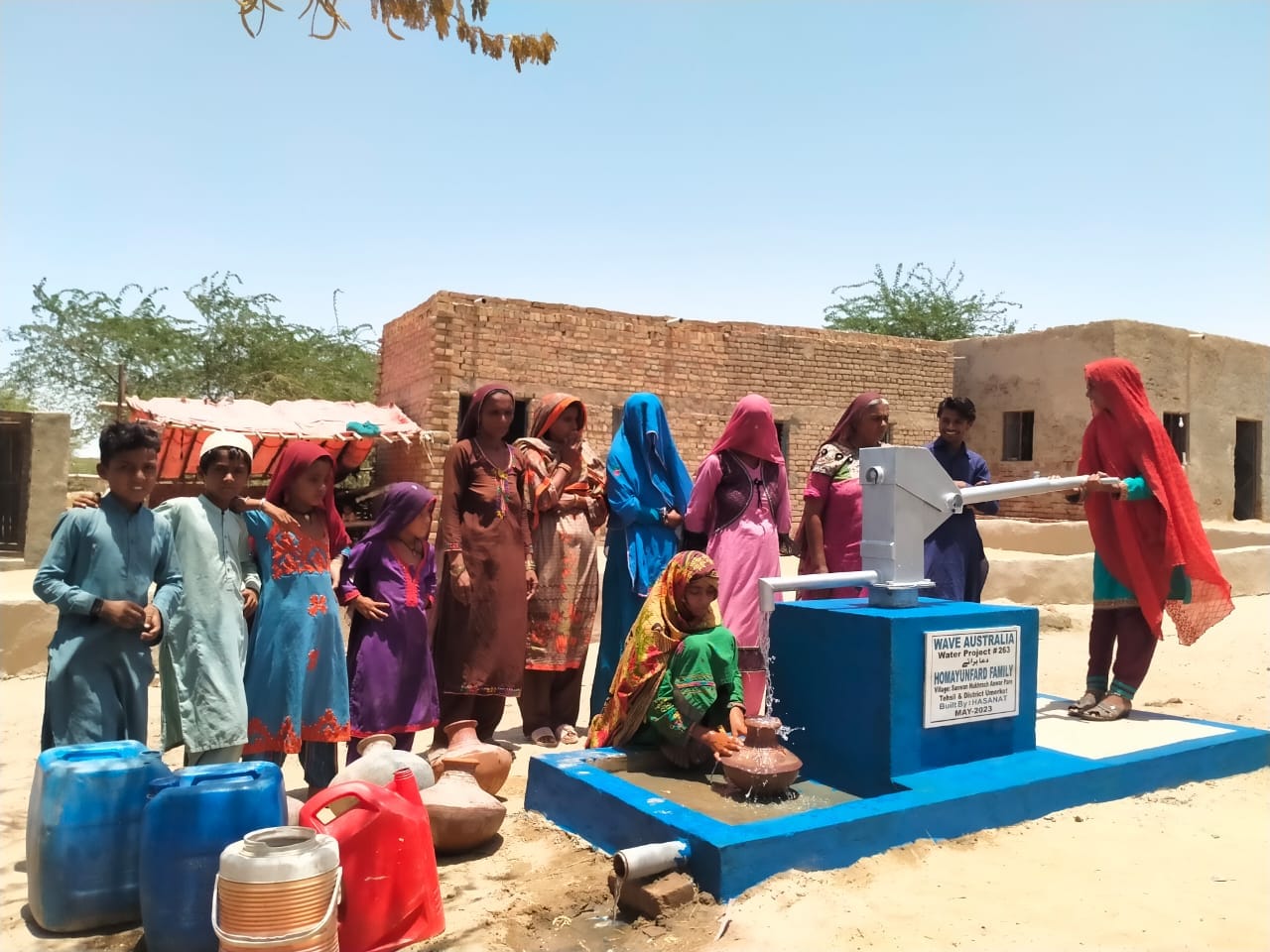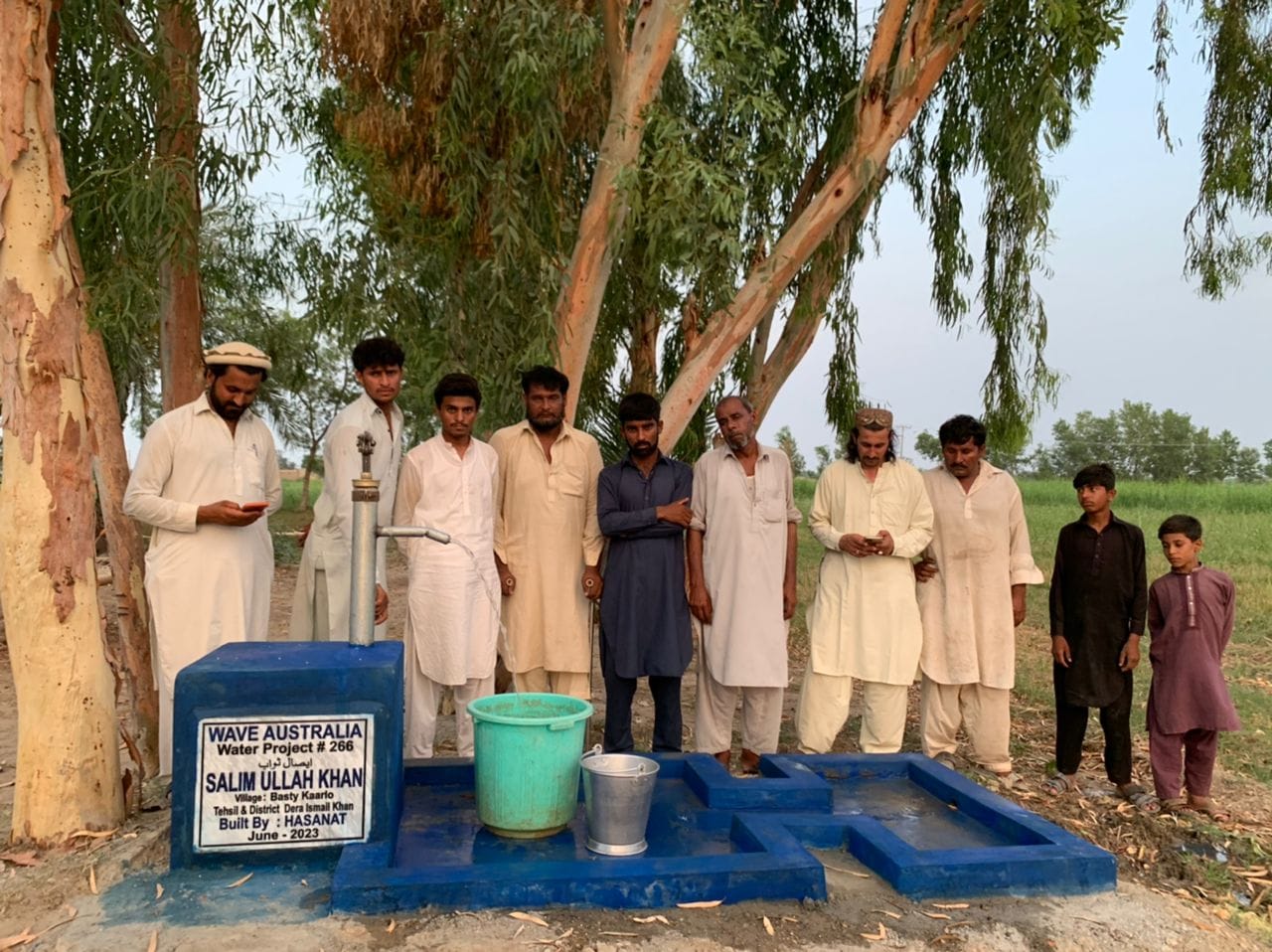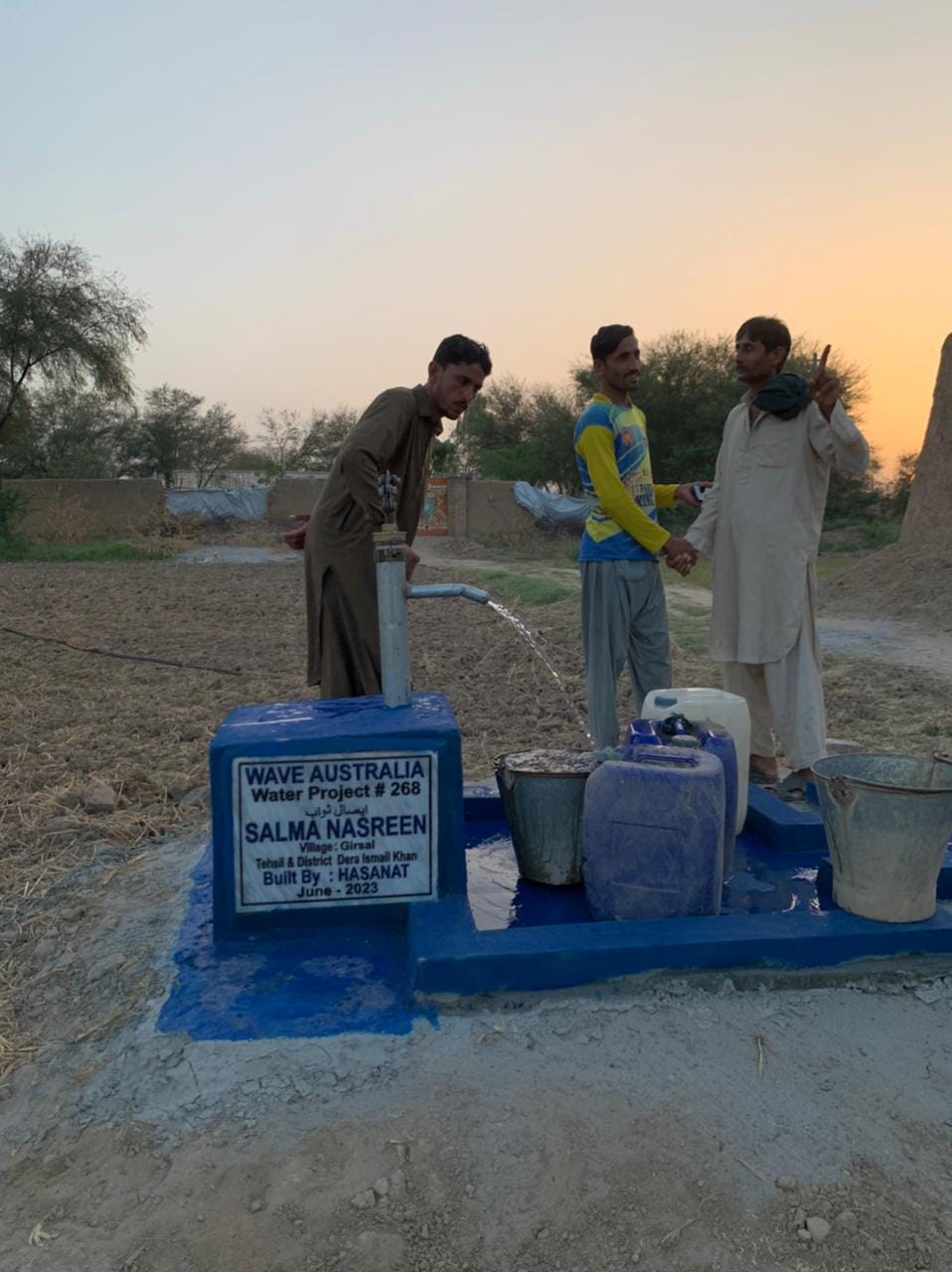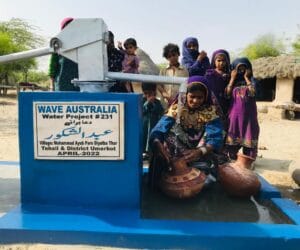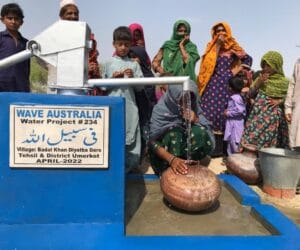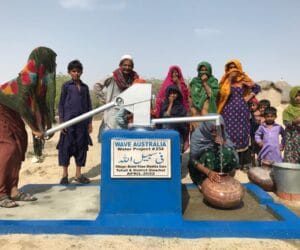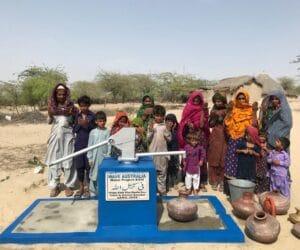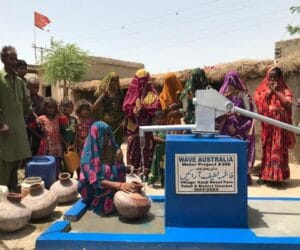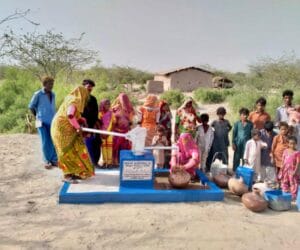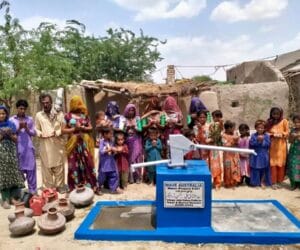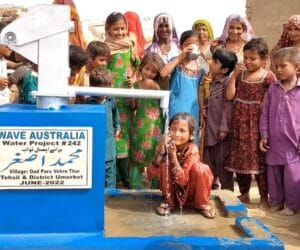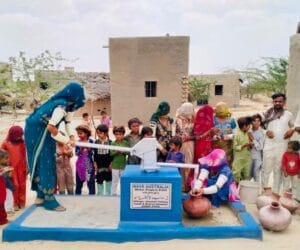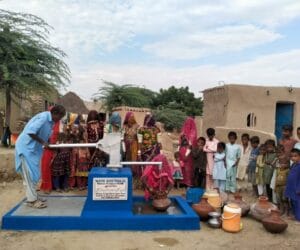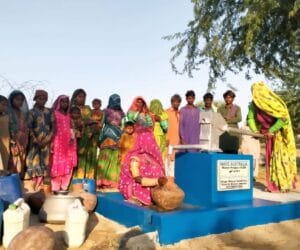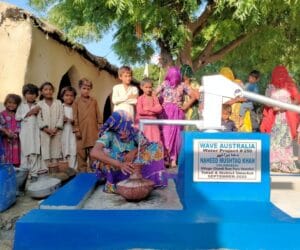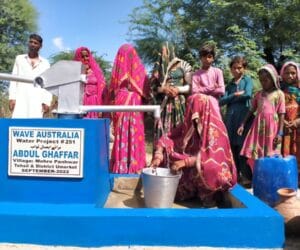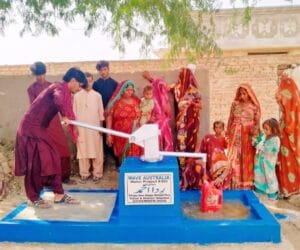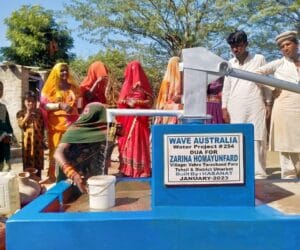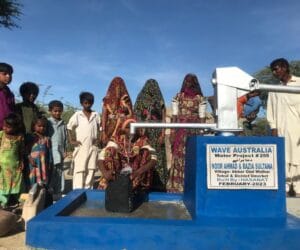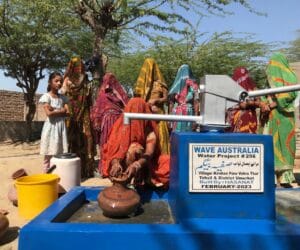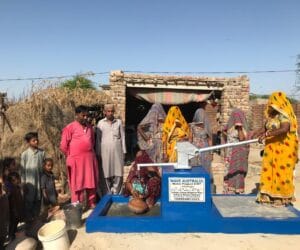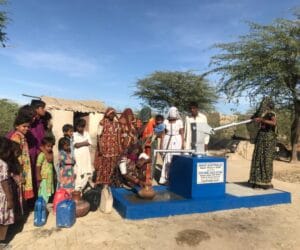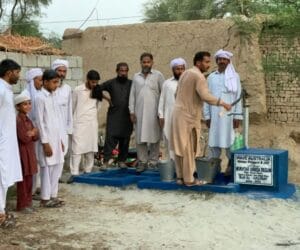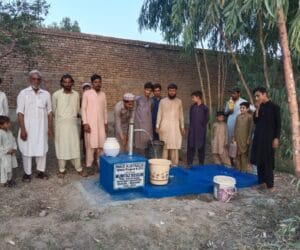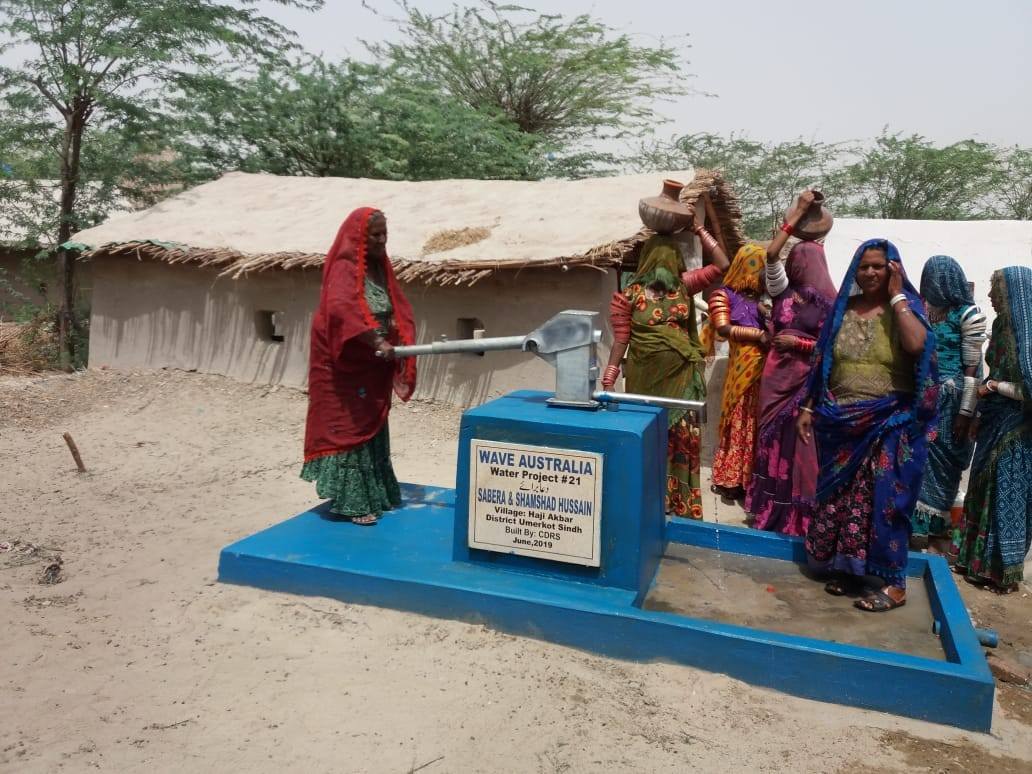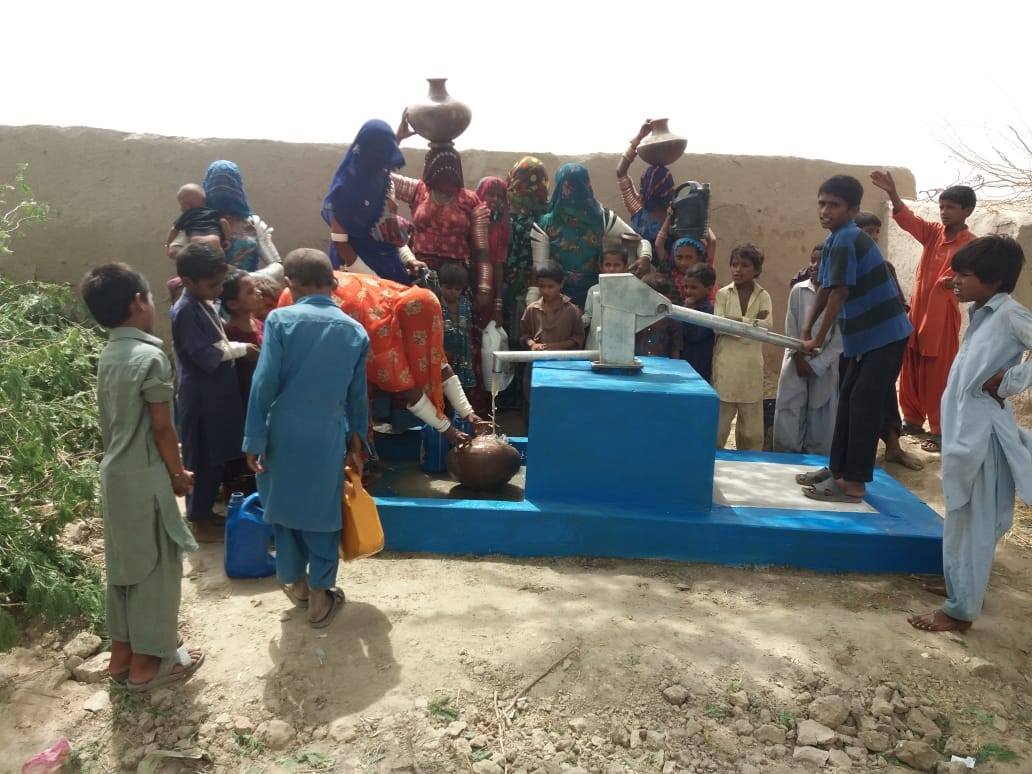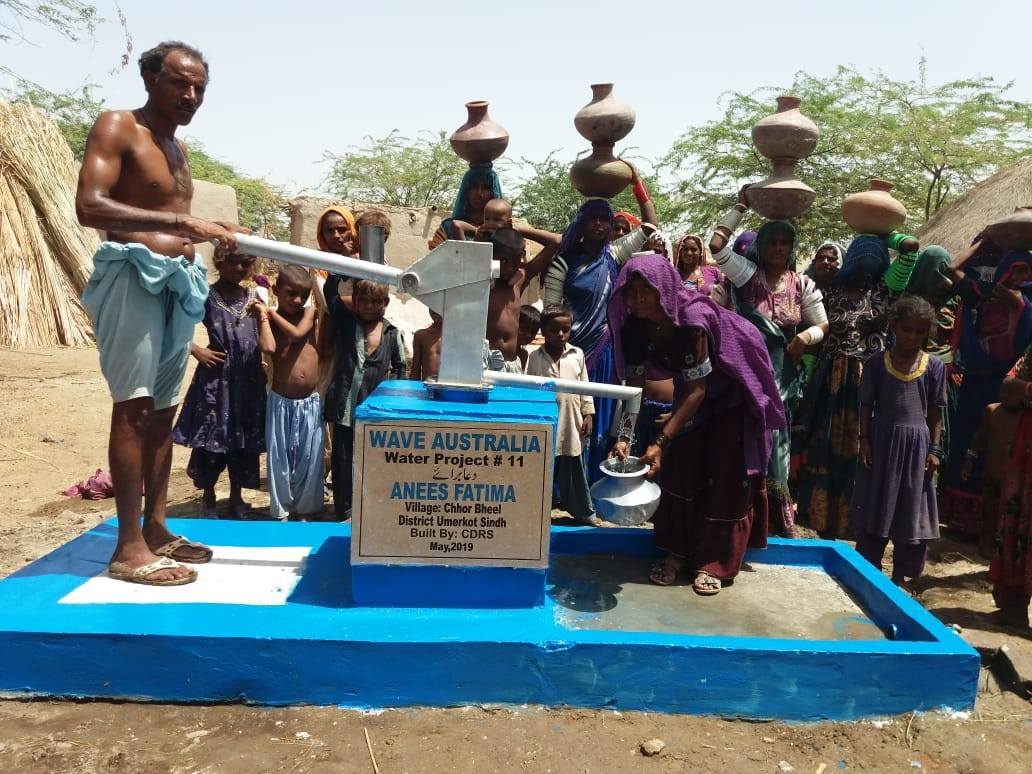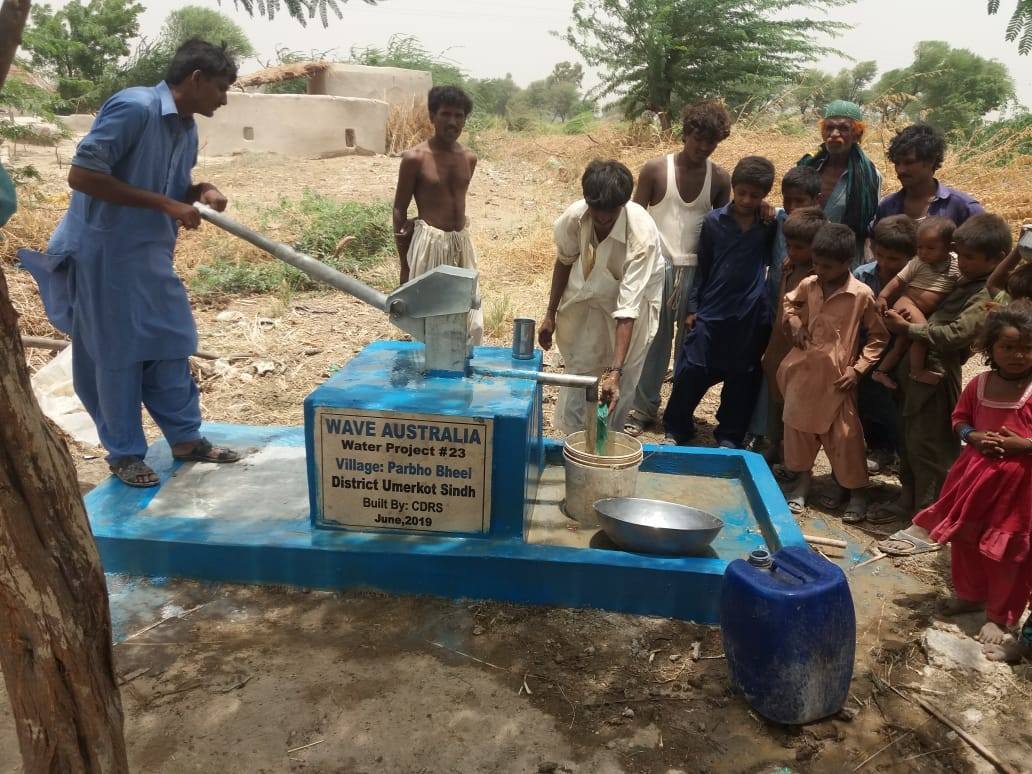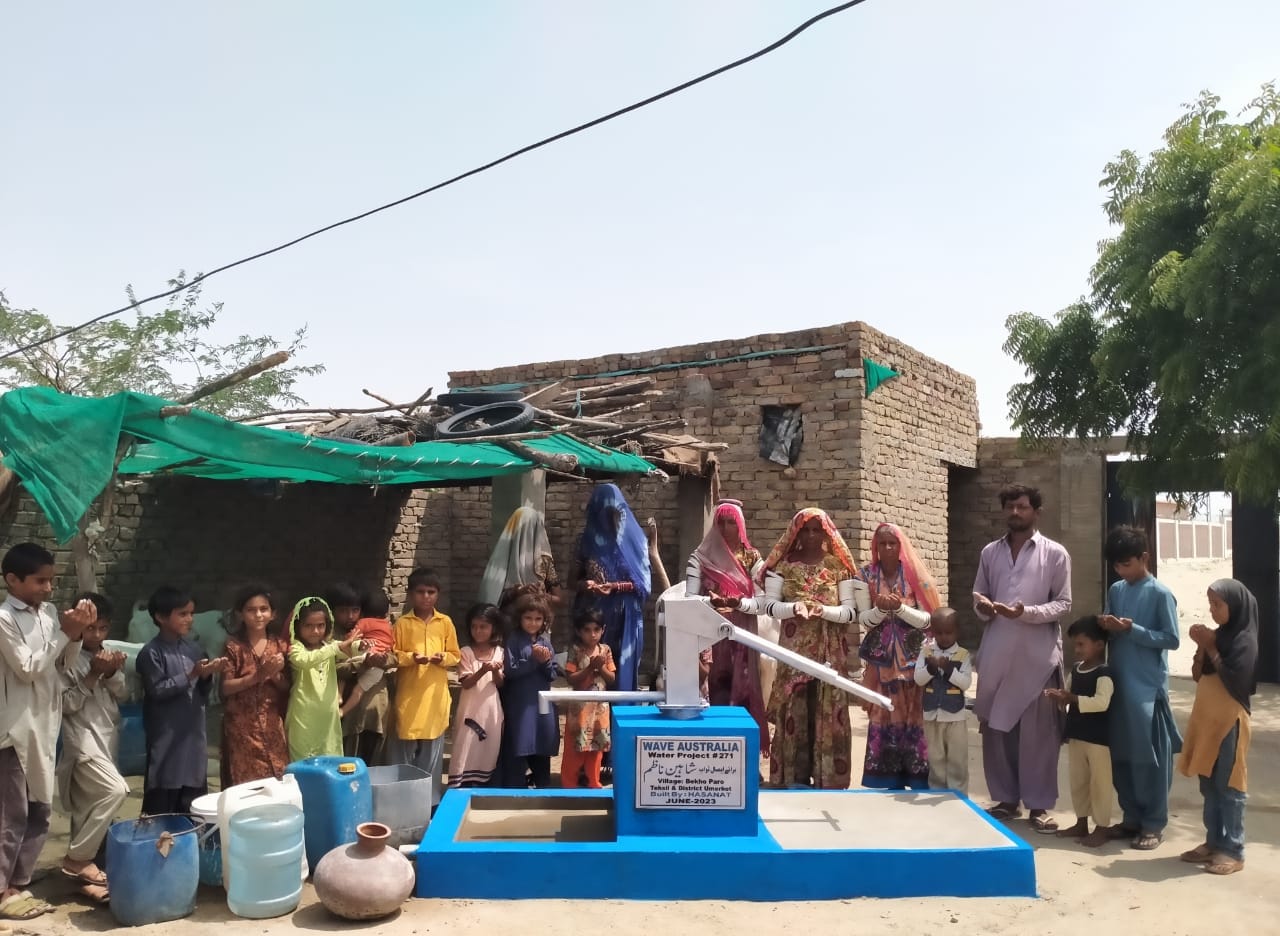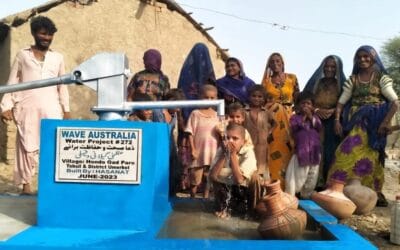Water Projects
Pakistan is on its way to become a water deficient country as it stands at 36th position among the most water deficient countries of the world. Safe drinking water is one of Pakistan’s most crucial problems that demand the earliest/immediate actions to be taken for its resolution.
Pakistan crossed the water scarcity threshold in 2005 and the country is on the brink of running dry by 2025 according to the Pakistan council of research. The shortage of water across the country has forced a number of people to rely on contaminated water. Infect this tainted water kills and sickens children and elderly persons more than accidents and wars.
Water is a basic necessity. In many rural areas of Sindh, there is no access to clean drinking water or even water as such. Women have to walk miles and miles to get water for the drink and other purposes. WAVE AUSTRALIA has initiated setting up of hand pumps with the help of WAVE Australia in far remote areas. These hand pumps go down to a depth of 250 feet or even more. Community hand pumps are ideal for village and households. Only a basic pump suffices for community trying to meet their water requirements.
Suction hand pumps are economical, easy to install and maintain. Maintenance is done at the village level without the need for special parts. The pumps are made from cast iron. These hand pumps have the capacity to cater the need of a community consists of 350 individual.
We have successfully installed 300 hand pumps for approximately 100,000 individual beneficiaries in the different remote areas of interior Sindh and Punjab provinces in Pakistan with a cost of 14.5 million.
Objectives
The following main objectives have successfully achieved:
- Provided access to clean drinking water to underprivileged communities in two provinces of Pakistan.
- Implementation of different types of projects according to the need of local population.
- Utilized the local manpower for the installation of hand pumps.
- Establishment of respective regional support centres to look after the projects.
- Provision of water treatment capacity.
Socio-Economic conditions
The Natural Disasters Consortium (NDC) comprised of IoM, FAO, UNICEF, ACTED and HANDS conducted Sindh Drought Needs Assessment (SDNA) in eight districts of Sindh, namely, Tharparkar, Umerkot, Sanghar, Thatta, Badin, Jamshoro, Dadu, and Kambar Shahdadkot.
Thar Desert is notorious for some of the harshest temperatures imaginable. UmerKot, Sanghar, Tharparker three Districts of Sindh, are suffering from acute water shortage. The districts have several small villages, and each one has 60 to 90 mud houses.
The existing sources of water are Sakhar & Kotri barrages, and some old dug-wells. Villagers have to travel on foot for hours in sheer sun heat to fetch clean drinking water, often in tire tubes from far-flung old wells.
Over 1.3 million people live in Thar’s 2,500 villages. So far, only 400 RO plants have been installed and many of them do not function properly. The water is ridden with arsenic and fluoride, resulting in the spread of chronic diseases among residents. While children are the most susceptible to these diseases, malnourished women and elderly persons also get infected. Many end up losing their lives.

